Understanding how to create effective Key Performance Indicators (KPIs) is essential for maintaining accountability and evaluating the effectiveness of your business processes. This guide will walk you through the five crucial steps to develop KPIs that can significantly enhance your business performance.
What is a KPI?
A KPI, or Key Performance Indicator, is a measurable value that demonstrates how effectively an organization is achieving its key objectives. KPIs are quantifiable metrics that can be calculated to determine the success of a particular campaign, service, or business strategy.
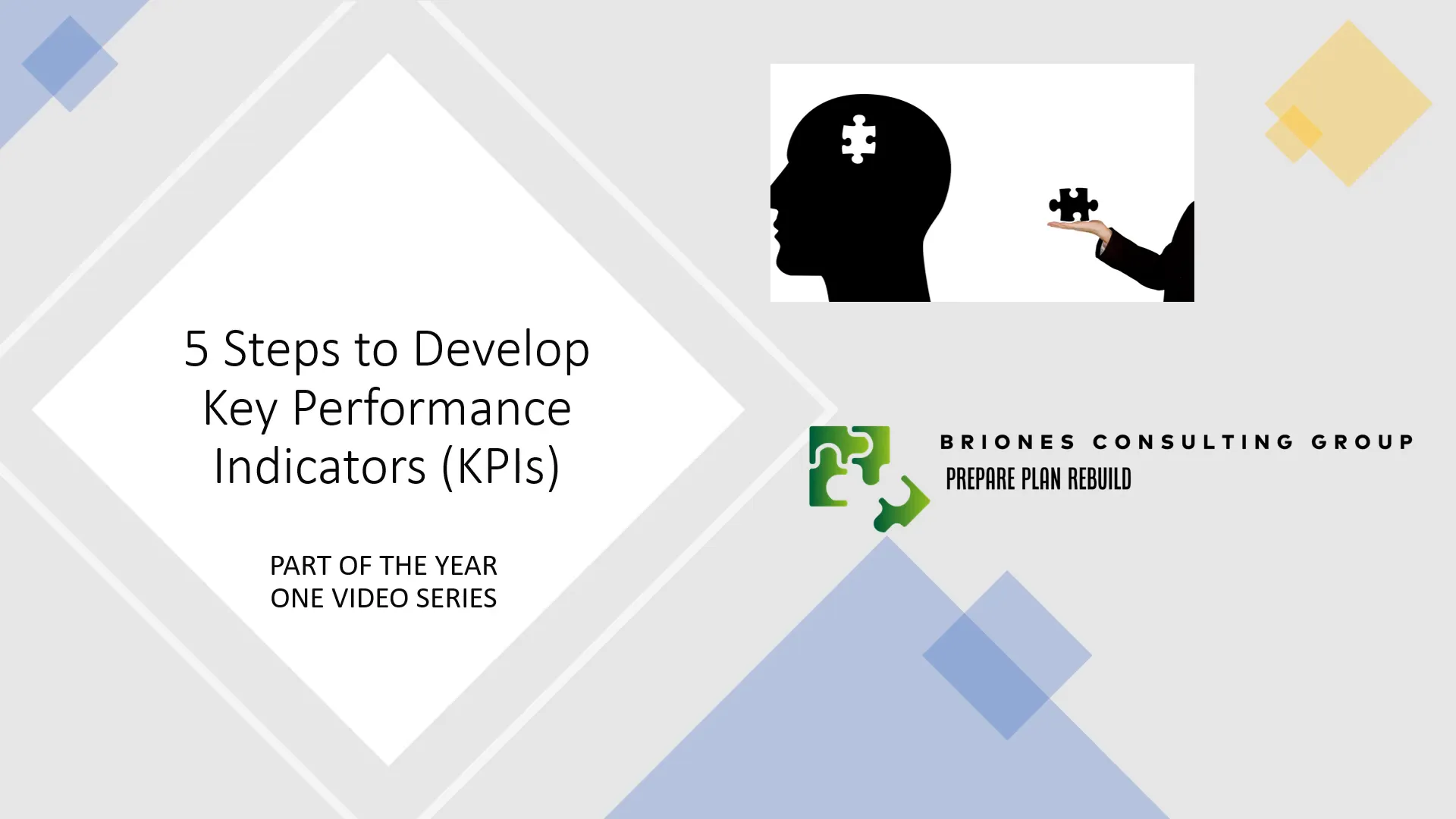
Why Create KPIs?
Creating KPIs is essential for several reasons:
- Accountability: KPIs hold teams accountable by providing a clear framework for measuring performance.
- Progress Tracking: They allow you to track the progress of specific campaigns and initiatives.
- Data-Driven Decisions: With KPIs, you can make informed decisions based on data rather than assumptions.
Ultimately, what gets measured gets done. KPIs help ensure that everyone in the organization is focused on the right goals.

Steps to Create Effective KPIs
To effectively create KPIs, follow these five steps:
1. Set Clear Goals and Objectives
The first step in developing KPIs is to establish clear goals and objectives. Understand what you want to achieve and why it matters. Clear goals provide direction and help define what success looks like.
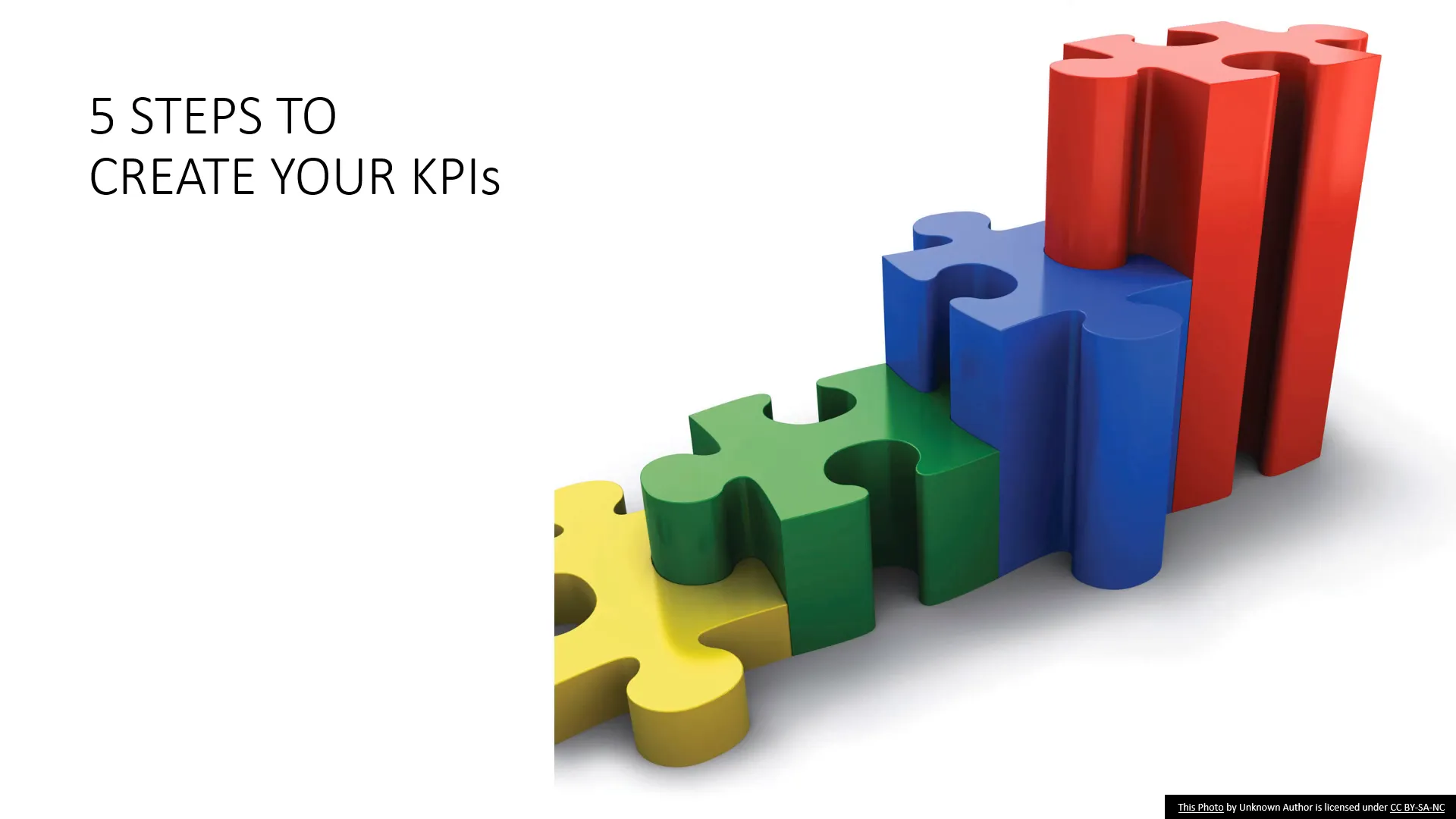
2. Identify Critical Success Factors
After establishing your goals, identify the critical success factors that need to be in place to achieve those goals. These factors are the key activities or milestones that will drive success.
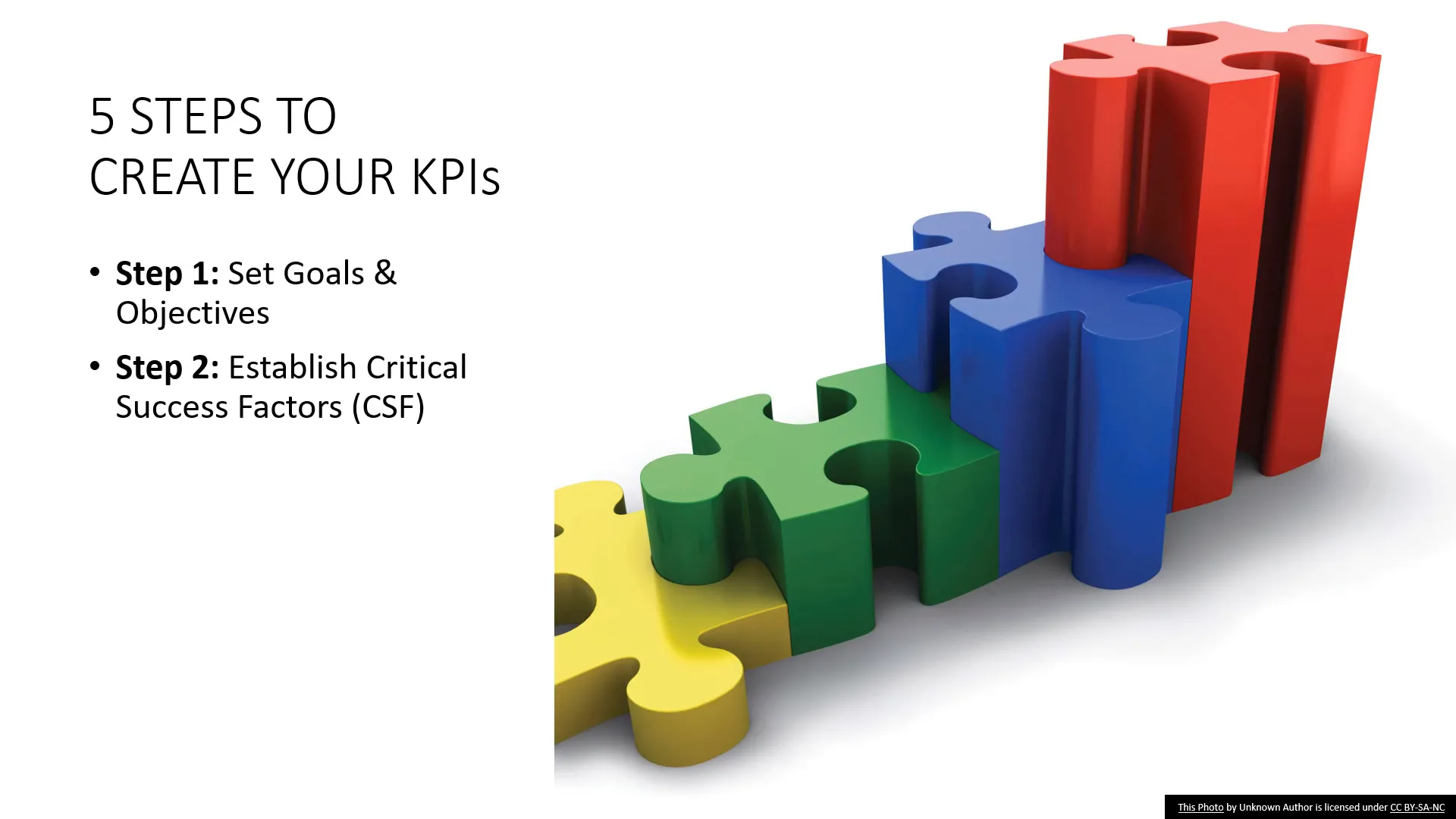
3. Determine What to Measure
Once you know your goals and success factors, determine what specific metrics will serve as your KPIs. Not all metrics are KPIs; focus on those that directly relate to your objectives and can indicate success.

4. Collect Relevant Data
Data collection is crucial for KPI development. Ensure that the data you gather is relevant to the KPIs you are measuring. This data will serve as the foundation for your calculations and assessments.

5. Calculate and Analyze Measurements
Finally, calculate the measurements based on the data collected. Analyze these results within fixed time frames to identify trends and make informed decisions. Continuous evaluation allows for adjustments and improvements in your strategies.
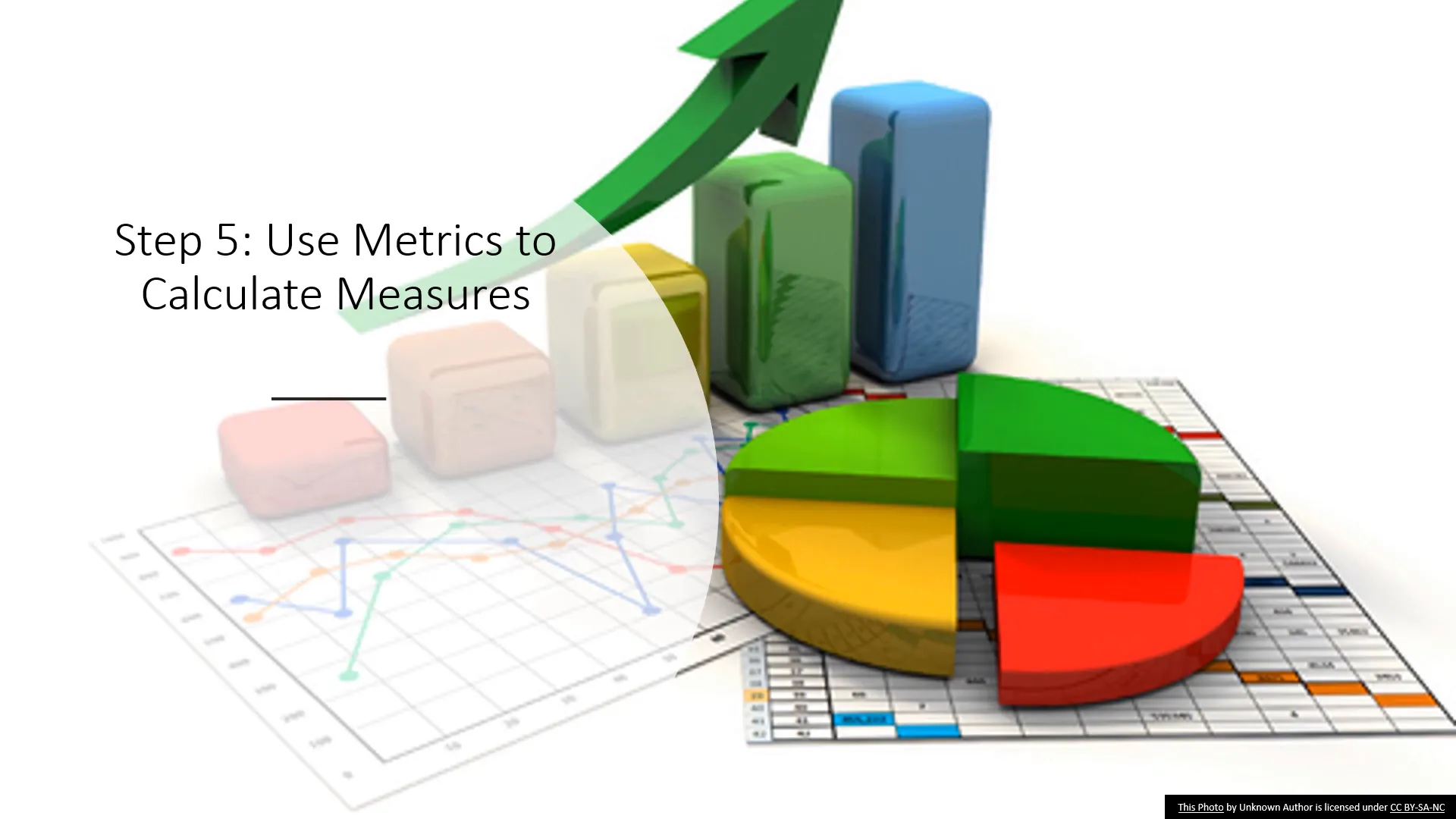
Understanding Lead and Lag Measures
When developing KPIs, it’s essential to understand the difference between lead and lag measures:
- Lead Measures: These are predictive indicators that reflect activities leading up to a goal. For example, the number of sales calls made is a lead measure.
- Lag Measures: These are output measurements that show the results of activities. Examples include revenue and profit margins.
Using lead measures helps predict the outcomes reflected in lag measures, enabling proactive management of performance.
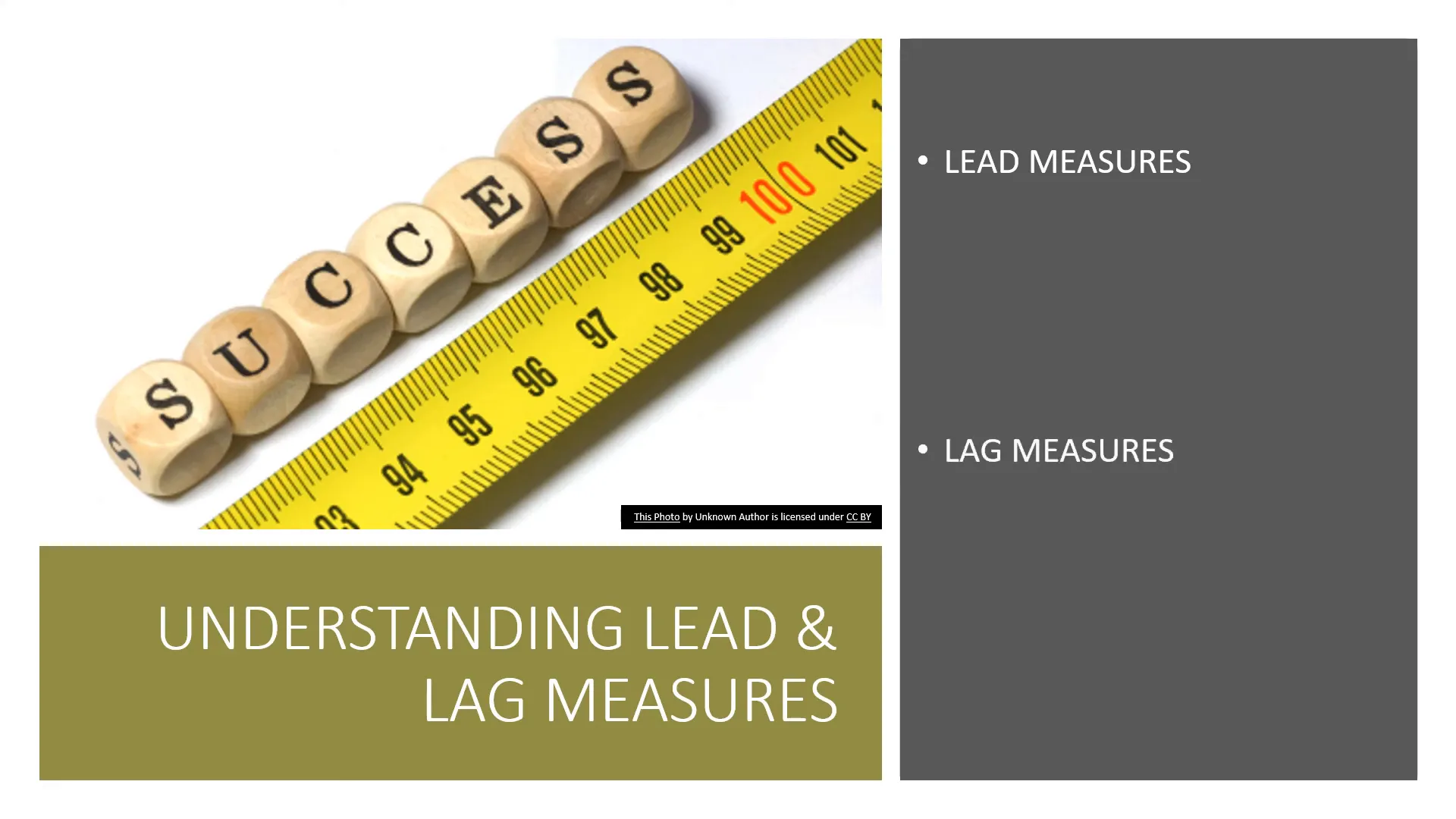
Conclusion
In summary, developing KPIs involves a systematic approach that includes setting clear goals, identifying critical success factors, determining what to measure, collecting relevant data, and analyzing the results. By following these steps, you can create KPIs that not only hold your team accountable but also guide your business toward achieving its objectives.
Remember, all KPIs are metrics, but not all metrics are KPIs. Focus on what truly matters for your business success.
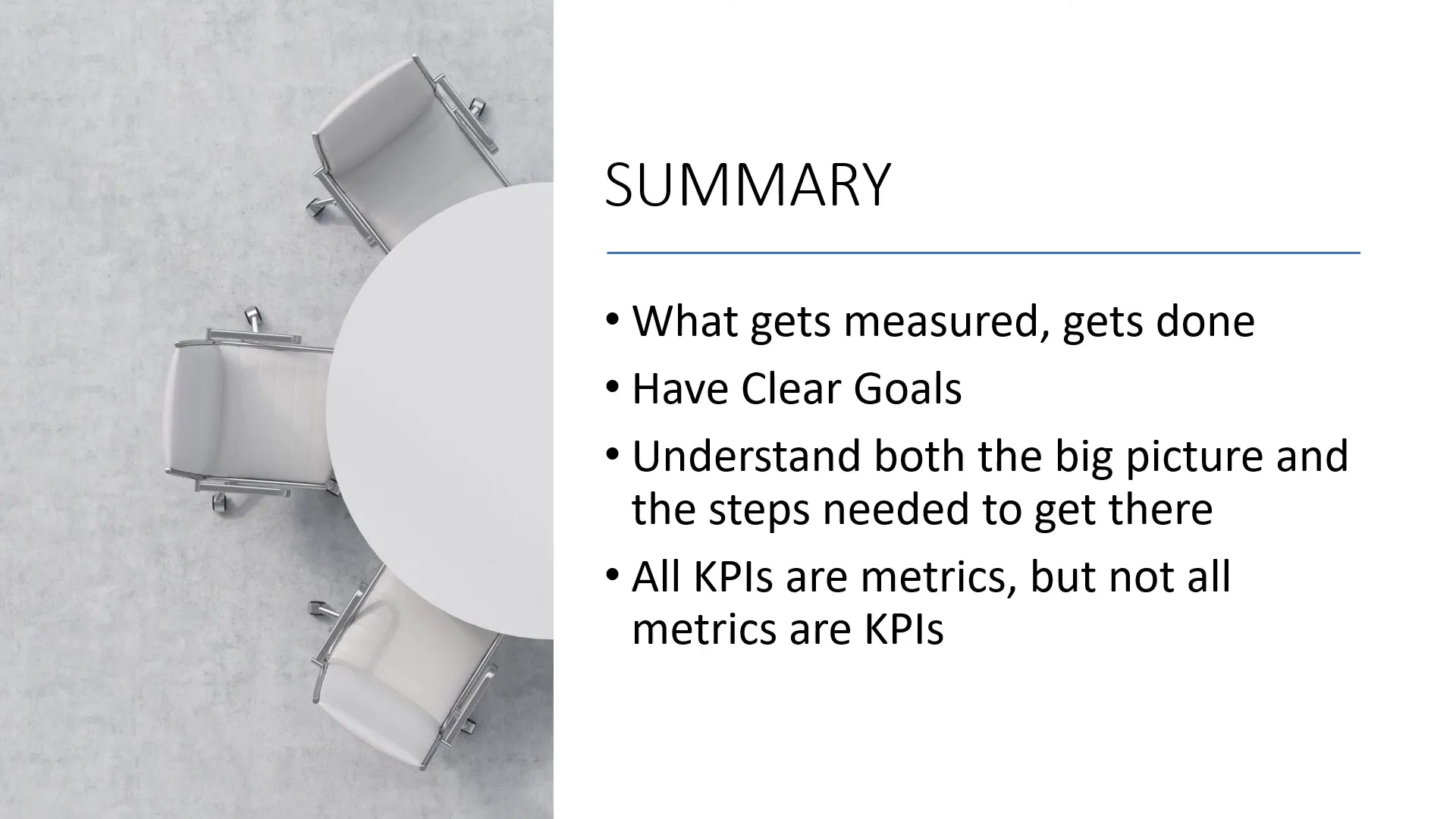
To learn more about how we can help or to learn more about booking us for your next conference, book a discovery call today.




